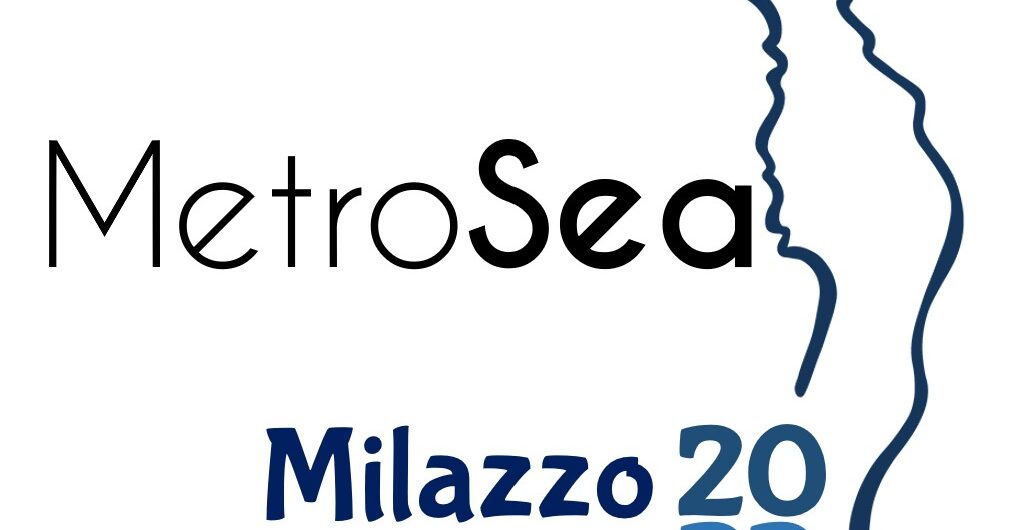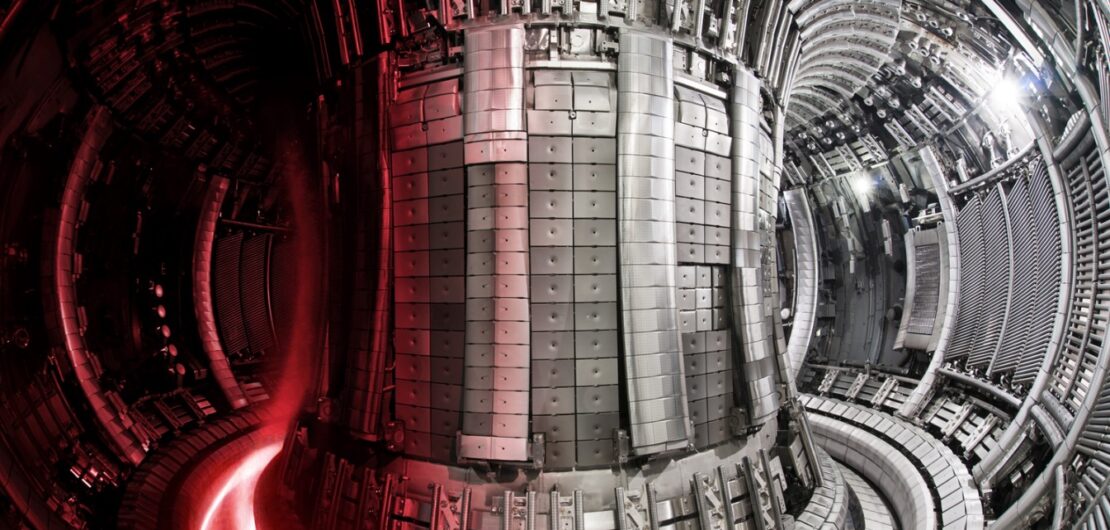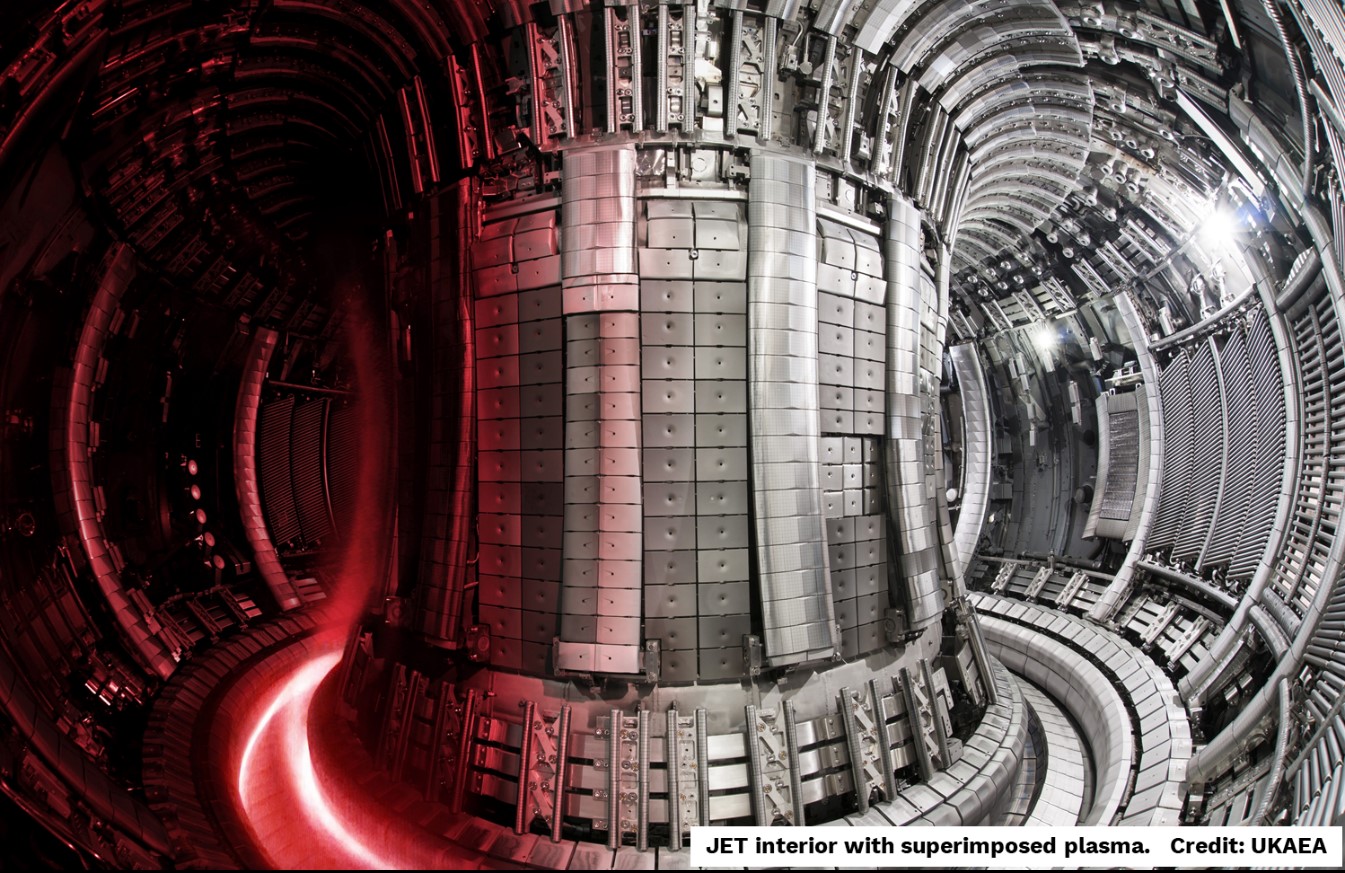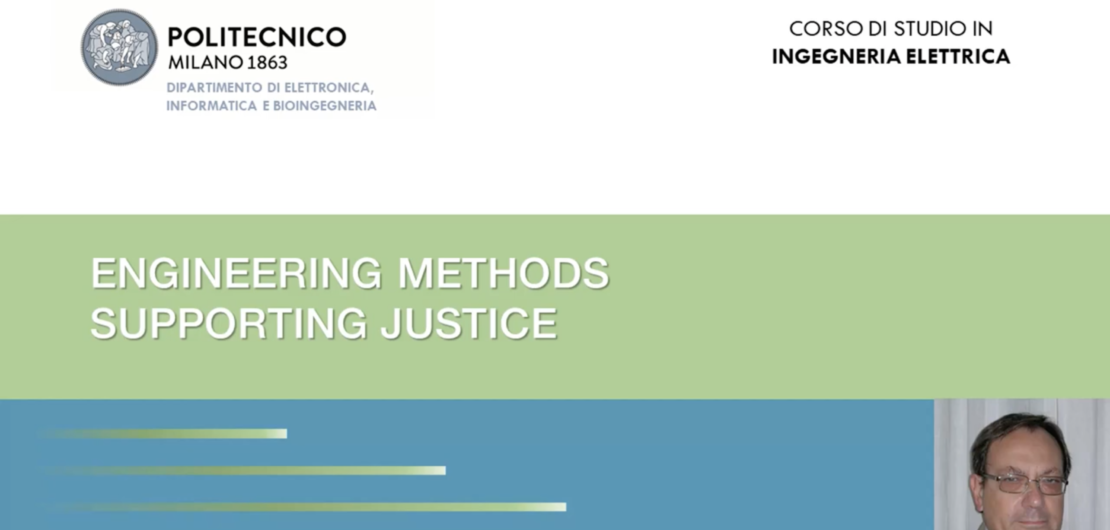 News
News
Metrosea 2022 – International workshop on metrology for the…

The sea has always represented for man an essential vital resource. Since history origins, it has served as a fundamental element of the geopolitical landscape. It allows people to travel from one country to another and it is still intensively used for goods transportation. Moreover, the sea represents an extraordinary reserve of water and food for all the living beings of the earth. Therefore, nations must exercise common sense and responsibilities concerning the preservation of seas and oceans. Sea health is crucial for the survival of all human beings and environmental pollution and global warming could certainly affect negatively its condition. In such a context, MetroSea represents, since its first edition, an international meeting in which recent advances in the field of instrumentation and measurement are discussed, with the aim to increase the knowledge in the protection and preservation of the sea. The MetroSea workshop involves every year national and international experts from both institutions and academia in a discussion in the field of metrology for the marine environment.
The MetroSea 2022 edition will be held in Milazzo (Italy, Messina) from 3rd to 5th October 2022 and will be organized by the University of Messina. The general chairs are Prof. Pasquale Daponte from University of Sannio, Prof. Nicola Donato (Res4Net member) and Prof. Giovanni Randazzo, both from University of Messina. The workshop topics span from sensors and monitoring systems for the sea, to measurements for coastal and marine geology, passing through underwater ones. Authors are invited to contribute by submitting an extended abstract based on their original scientific research by May 31, 2022.
More information on the workshop topics and deadlines can be found on the official website.


